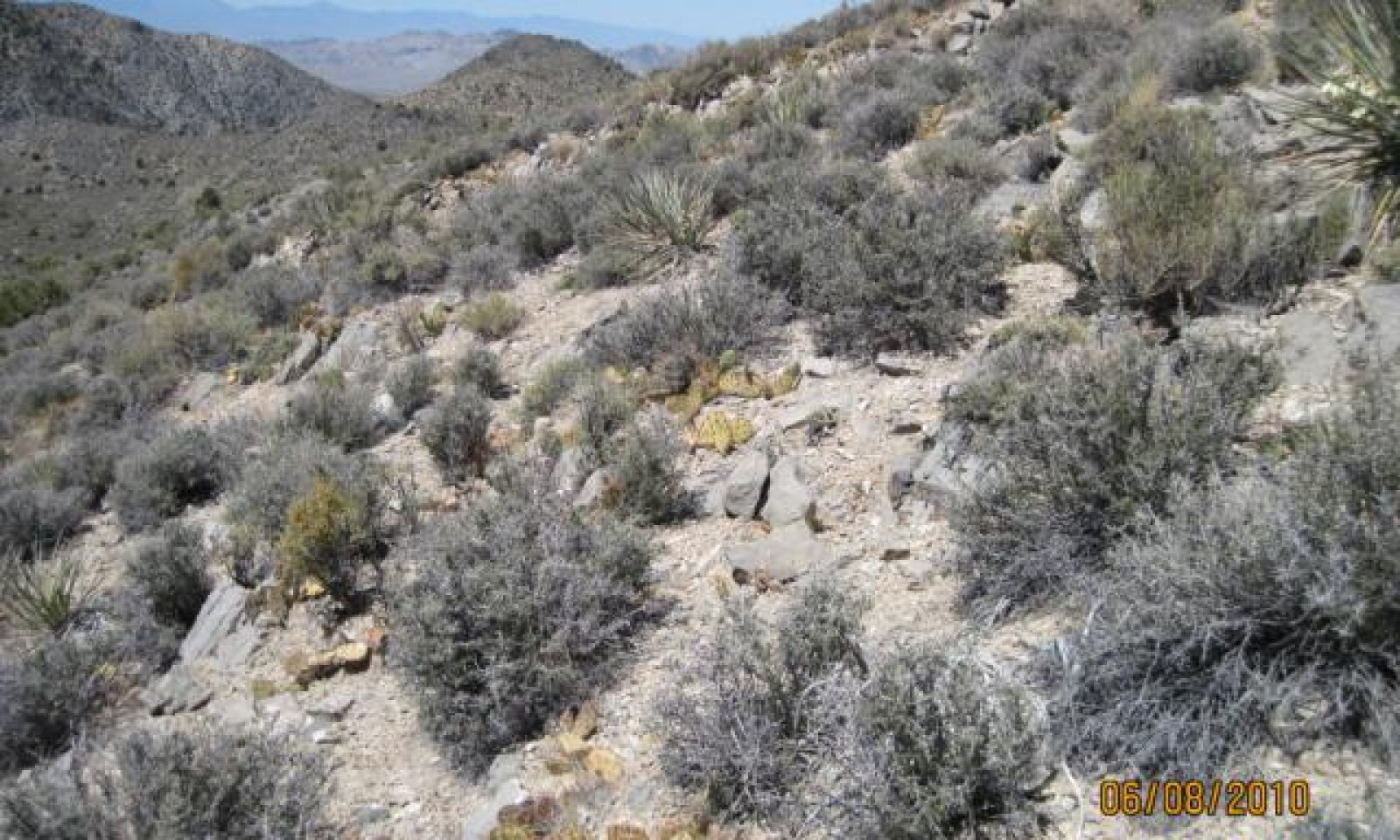
SHALLOW GRAVELLY SLOPE 9-11 P.Z.
Scenario model
Current ecosystem state
Select a state
Management practices/drivers
Select a transition or restoration pathway
- Transition T1 More details
-
No transition or restoration pathway between the selected states has been described
Target ecosystem state
Select a state
Description
The reference state is representative of the natural range of variability under pristine conditions. It is dominated by the long-lived evergreen shrub, blackbrush with an understory of cool and warm season perennial grasses. Plant community phase changes are primarily driven by fire, long-term drought and insect attack. Historically, blackbrush associations were long-lived stable communities that rarely experienced fire due to low fuel loading. Reproduction and recruitment are episodic, based on favorable climatic conditions.
Submodel
Description
The invaded state is characterized by the presence of non-natives in the understory. A biotic threshold has been crossed, with the introduction of non-natives that cannot be easily removed from the system and have the potential to significantly alter disturbance regimes from their historic range of variation. These non-native annuals, such as red brome and cheatgrass, are highly flammable and promote wildfires where fires historically have been infrequent. Following a disturbance this state relies on the availability of an offsite seed source.
Submodel
Model keys
Briefcase
Add ecological sites and Major Land Resource Areas to your briefcase by clicking on the briefcase (![]() ) icon wherever it occurs. Drag and drop items to reorder. Cookies are used to store briefcase items between browsing sessions. Because of this, the number of items that can be added to your briefcase is limited, and briefcase items added on one device and browser cannot be accessed from another device or browser. Users who do not wish to place cookies on their devices should not use the briefcase tool. Briefcase cookies serve no other purpose than described here and are deleted whenever browsing history is cleared.
) icon wherever it occurs. Drag and drop items to reorder. Cookies are used to store briefcase items between browsing sessions. Because of this, the number of items that can be added to your briefcase is limited, and briefcase items added on one device and browser cannot be accessed from another device or browser. Users who do not wish to place cookies on their devices should not use the briefcase tool. Briefcase cookies serve no other purpose than described here and are deleted whenever browsing history is cleared.
Ecological sites
Major Land Resource Areas
The Ecosystem Dynamics Interpretive Tool is an information system framework developed by the USDA-ARS Jornada Experimental Range, USDA Natural Resources Conservation Service, and New Mexico State University.
